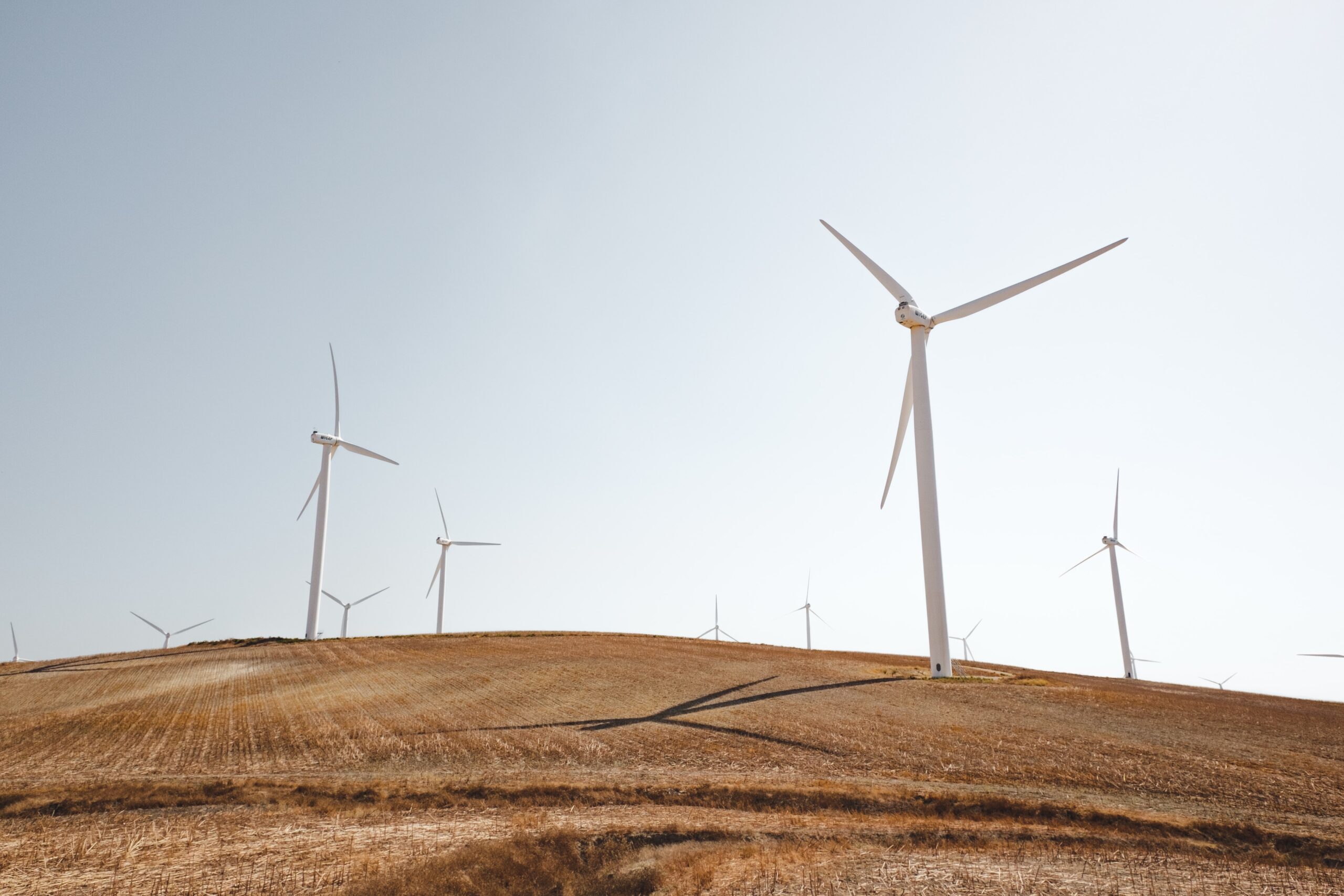Over the last few years, there have been efforts to find technologies that can make it possible for hydrogen to replace fossil fuel sources. While green H2 has been identified as a possible clean energy source for the future, there is a lot to do to make it a reality. Different companies and countries across the world have been pulling resources to fill the existing gaps before the world fully transitions into the use of green H2.
In a promising innovation, Siemens Gamesa recently developed the world’s first-ever project that produces green H2 from wind directly. But that’s not all! The technology can also fully and effectively operate when it is connected to the grid. Prior tests do also indicate that at its full capacity, the project has a great potential both when it comes to consistency and effectiveness of supply.
The Brande Hydrogen project is the result of Denmark’s efforts to pull resources from different players to help realize its dream of realizing zero carbon emissions from different industries. Going by the growing interest in making it a viable project, there is evidence that it is going to be one of the biggest breakthroughs in the search for clean energy sources.
Currently, Everfuel, a partner in the project is making distributions in different stations in Denmark. The success of this project is proof of the existence of massive opportunities in green hydrogen. Indeed, it can transform energy systems into clean and sustainable. At the moment, testing and commissioning activities are ongoing, but the results according to the collaborators are great!
One great thing about green H2 as a source of energy is its flexibility in production and use. It can be produced in any place. Interestingly, it can also be used in areas that are difficult to drive without using carbon-emitting fuel such as in shipping, aviation, and industries that produce chemicals, glass, and metals such as steel and iron. Green H2 produced from wind is, therefore, useful in helping cut the emissions from industries and even countries such as Denmark that are working to curb climate change caused by carbon emissions.
According to the Chief Innovation Officer at Siemens Gamesa, green H2 produced from wind is a project that will shape emerging technologies in the clean fuel market. It will accelerate the production and supply of renewable energy to amounts not realized in the past. “We are happy to showcase an entire green H2 value chain,” he added. The project is a whole chain right from production to delivery of green H2 to fueling stations spread across the country.
Earlier in 2021, Siemens Gamesa’s Brande Hydrogen project was permitted by Danish authorities to serve as an official test zone. That meant that the project was free to operate outside the already existing laws on electricity. Most importantly, the new status of the site meant that the project would carry out research and tests to help develop an island mode that’s capable of producing green H2 at the turbine level.
Almost a year later, the project now celebrates a breakthrough. It is efficiently and effectively producing green H2 as part of its testing phase activities. The hydrogen produced is now being distributed to many stations within Denmark. This development has led to the growth of related technologies such as the growing number of zero-emission vehicles, fuel cell taxis, and others that rely on 100% green fuel to operate.
The success of the project is not the end of the road. Innovations and lessons from it will help in building capacities for industrial-scale production of green H2. That’s, in fact, what the team and resources gathered are focusing on the next term of the project.



